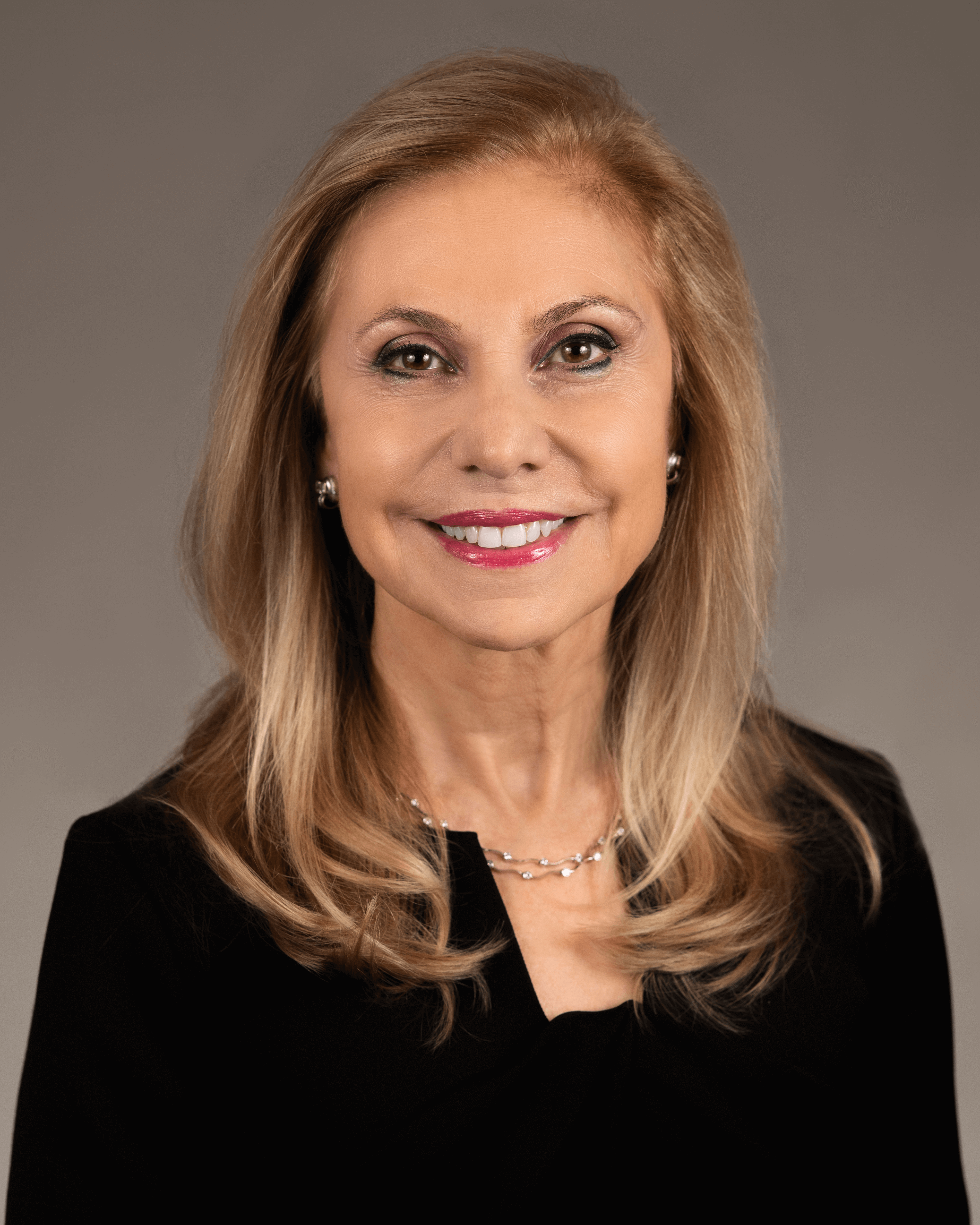
Dry eye disease (DED) is ubiquitous in our practices, and it may come as no surprise that it is becoming even more common in work-from-home environments, where patients are spending increased time in front of screens. Moreover, after prolonged wearing of masks – essential to stem the spread of COVID-19 – many of us have become aware of a new phenomenon: mask-associated dry eye or MADE (1). MADE occurs when exhaled air is funneled upward and across the surface of the eyes – typically, when the wearer’s mask is not tightly fitted. A recent review concluded that eye dryness and irritation from mask wear may become a problem for a large percentage of the population (2). In short, the convergence of several factors is increasing patients’ symptoms – and driving more of them into our offices as they seek relief.
Often considered a chronic condition, DED can also be episodic in nature; not all patients experience consistent symptoms; rather, they experience dry eye flares of varying levels of discomfort – the result of a variety of potential triggers. Though 80–90 percent of patients who receive a diagnosis of DED will also have periods of inflammatory exacerbations or flares, surveys also reveal that nearly half of patients report suffering from flares alone (3, 4). The triggers can include seasonal and indoor allergies, screen time, environmental factors (such as fan use and exposure to forced air associated with heat and air conditioning), contact lens wear, as well as cataract and refractive surgery (5).
With last year’s FDA approval of Eysuvis (loteprednol etabonate ophthalmic suspension 0.25%; Kala Pharmaceuticals), we now have a novel prescription steroid option specifically indicated for the short-term treatment (up to two weeks) of the signs and symptoms of DED, including those who may suffer dry eye flares (see Box “After the trials”).
After the trials
The FDA approval of Eysuvis was based on data from phase 2 and three phase 3 trials that included almost 2,900 patients (6). In the largest-ever clinical development program conducted for DED, researchers observed improvement in the measures of conjunctival hyperemia, corneal fluorescein staining, and patient-reported ocular discomfort severity score. Patients assigned to treatment with Eysuvis experienced symptom improvement as early as day 2 in a phase 3 trial when dosed q.i.d. for 15 days (6).
Eysuvis demonstrated a beneficial safety profile: IOP was similar among the vehicle and the Eysuvis arm. In treatment and vehicle groups, respectively, 0.6% and 0.2% of patients experienced an increase of over 5 mm Hg from baseline resulting in an IOP measurement of 21 or more mm Hg in one or both eyes at any post-baseline visit (7).
Eysuvis is formulated with AMPPLIFY – a proprietary mucus-penetrating nanoparticle technology. These nanoparticles (approximately 300 nm in diameter) are coated to facilitate their mucus barrier penetration, which allows the drug to spread more uniformly on the ocular surface to achieve longer retention (8, 9).

Practice experience
Having recently incorporated Eysuvis into my practice with excellent results, I can distinguish four different categories of patients for whom I prescribe this short-term agent. When I see someone who is very symptomatic or extremely uncomfortable, I consider it a first-line therapy. These are typically patients who are new to our practice or those who have not kept their follow-up appointments, now complaining that their dry eye symptoms have escalated to a palpable flare. By the time they are in my office, these patients are desperate for relief. Once I rule out an infectious process, I prescribe Eysuvis to calm their ocular surface inflammation. After the recommended 14 days of therapy, I bring these patients back for their dry eye workup. Patients are relieved to have a drop that works effectively and quickly; the success of the treatment helps them gain my trust.
The second group for whom I prescribe Eysuvis is made up of established DED patients on chronic maintenance therapy who are having an uptick in their symptoms. Each patient’s treatment regimen is personalized to their level of disease. It consists of a combination of at-home remedies, such as the heated Bruder mask, NuLids cleanser (NuSight Medical), and oral omega-3 supplement, coupled with immunomodulators like Xiidra (lifitegrast ophthalmic solution 5%; Novartis), Cequa (cyclosporine ophthalmic solution 0.09%; Sun Ophthalmics), Restasis (cyclosporine ophthalmic emulsion 0.05%; Allergan), or Klarity-C (cyclosporine 0.1% ophthalmic emulsion PF; Imprimis). Many of these patients also receive annual or semi-annual in-office procedures; for example, LipiFlow (Johnson & Johnson Vision), TearCare (Sight Sciences), Systane iLux (Alcon), BlephEx (BlephEx LLC), or intense pulsed light (IPL, such as with systems like those from Lumenis and Quantel Medical).
But despite the management of their condition, these DED patients can have symptom exacerbation at any time, depending on individual triggers. During a flare, they are more uncomfortable, becoming more aware of their eyes. Here, again, I prescribe Eysuvis to deliver rapid relief. Depending on the severity of their symptoms, they take the drop up to four times a day, for a maximum of 14 days.
A third group of patients are those who are starting immunomodulation therapy. When I start them on one of these agents, I know that it can take several weeks to months for patients to experience relief. Therefore, I prescribe Eysuvis as a concurrent two-week therapy during the induction period. I want to jumpstart their symptomatic improvement and provide fast relief while the immunomodulator takes effect.
The fourth category includes patients who are completely asymptomatic most of the year; however, suffer from periodic dry eye flares. The number of episodes can vary – perhaps four to six times a year with short bouts. These individuals have likely tried artificial tears to self-treat their underlying ocular inflammation – without success. They swear to me they will not be compliant with BID dosed drops. They are adamant that their symptoms do not warrant chronic treatment; they are seeking relief for episodic flare-ups. I appreciate this honesty, since prescribing an immunomodulator will not be effective if only used sporadically. For these patients, I prescribe Eysuvis to be instilled four times a day for two weeks.
In the short run
When it comes to safety, I emphasize to patients that Eysuvis is a low concentration steroid to be used as intermittent therapy for the treatment of their dry eye exacerbations. As part of my consultation, I ensure patients understand that the prescribed drug is approved for no more than 14-day use per treatment cycle while I inform them about the known side effects associated with steroidal medications.
My patients have reported feeling relief within a couple of days without any stinging, burning, or blurred vision. None of my patients have discontinued the medication.
Eysuvis is the first and only prescription therapy approved specifically for short-term treatment of the signs and symptoms of dry eye disease. This innovative treatment option fills a gap in our practices for patients who are experiencing exacerbations of ocular surface symptoms by empowering them to take back control of their condition.
The author discloses that she is a consultant to Kala Pharmaceuticals, Johnson & Johnson, Alcon, Allergan, Novartis, Sight Sciences, Sun Pharma, NuSight, Bruder, Imprimis, BlephEx, Lumenis, and PRN.

References
- M Moshirfar et al., “Face mask-associated ocular irritation and dryness,” Ophthalmol Ther, 9, 397 (2020). PMID: 32671665.
- DE White, Healio, “MADE: A new coronavirus-associated eye disease” (2020).
- Multi-sponsor Surveys, Inc., “2020 Study of Dry Eye Sufferers” (2020).
- RK Brazzell, “Prevalence and characteristics of dry eye flares: a patient questionnaire survey.” Poster presented at American Academy of Ophthalmology Annual Meeting: October12-15, 2019; San Francisco, CA.
- American Academy of Ophthalmology Preferred Practice Pattern Cornea/External Disease Committee, “Dry Eye Syndrome PPP – 2018” (2018).
- E Holland et al., “Efficacy and Safety of KPI- 121 0.25% for Short Term Relief in Dry Eye (STRIDE).” Poster presented at: American Society of Cataract and Refractive Surgery annual meeting; May 16-17, 2020; Virtual.
- M Korenfeld et al., “Safety of KPI-121 ophthalmic suspension 0.25% in patients with dry eye disease: a pooled analysis of 4 multicenter, randomized, vehicle-controlled studies,” Cornea, 40, 564 (2021). PMID: 32826644.
- A Popov, “Mucus-penetrating particles and the role of ocular mucus as a barrier to micro- and nanosuspensions,” J Ocul Pharmcol Ther, 36, 366 (2020). PMID: 32667250.
- L Schopf L et al., “Ocular pharmacokinetics of a novel loteprednol etabonate 0.4% ophthalmic formulation,” Ophthalmol Ther, 3, 63 (2014). PMID: 25134493.
